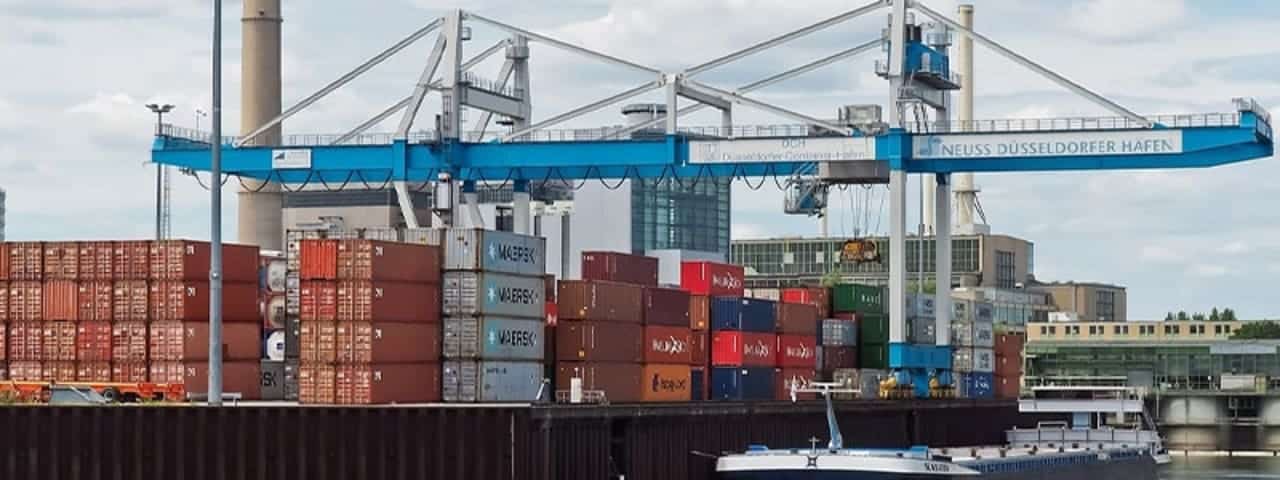Ocean Carriers Battle the Covid Cargo Crunch
The unparalleled disruptions to the international supply chain. The reason is the sudden and fundamental change in demand due to the COVID-19 pandemic. Industry analysts, observers and participants agree on that. To get through this time and stabilize supply chains all parties need to work together.
Pulling out all stops
Ocean carriers are taking all available measures to improve the speed and efficiency of cargo movement. They include employing all available vessel tonnage. Idled vessels and sea freight services were limited when demand in Q2 2020 fell by about 20%-30%. Alphaliner concluded at the end of 2020 that just 2.5% of the fleet is inactive. And more than half of that (62%) represents ships that are in shipyards for repair and other services.
Mid-January is usually the beginning of capacity decline. Because it is the Chinese Lunar New Year holidays and factories in Asia close. But that is not the case this year. It indicates that carriers will make best possible use of this time to clear volumes out of Asia.
“Despite the fears of a market collapse at the time of the Covid-19 outbreak, 2020 concluded with a significant increase in ordering activity,” he said. Also the global order book for new container ships growing to 10% of global capacity.
Rates fluctuate with demand
Despite actions to increase available vessel capacity, the demand for capacity far exceeds supply. As in any free market, this puts upward pressure on rates. They are not satisfied with the situation. But we must not forget that this is the market that kept prices very low for many years. History shows that rates fluctuate over the years as supply and demand shift. They move from high levels fairly quickly as market conditions stabilize.
This pattern is quite evident when looking at Drewry’s average global rate index for the past decade. Rates rose in the second half of 2010 during the recovery after the recession years of 2008 and 2009. As vessel capacity and cargo demand came more into balance after that the rates declined steadily until reaching a low in 2016.
Time to collaborate
In global supply chains, manufacturers and retailers normally operate with months and years of forward planning. Carriers invest billions of dollars in vessels and other assets based on expectations for the next 25-30 years.
All parties are doing what they can to manage their part in this pandemic. All parties are doing what they can to manage their part in this epidemic. Closer dialogue is necessary for all of us to understand how to support each other. We need to increase the container velocity and make more accurate predictions. Transparency throughout the supply chain must also be increased.
for more details, please check the source.
